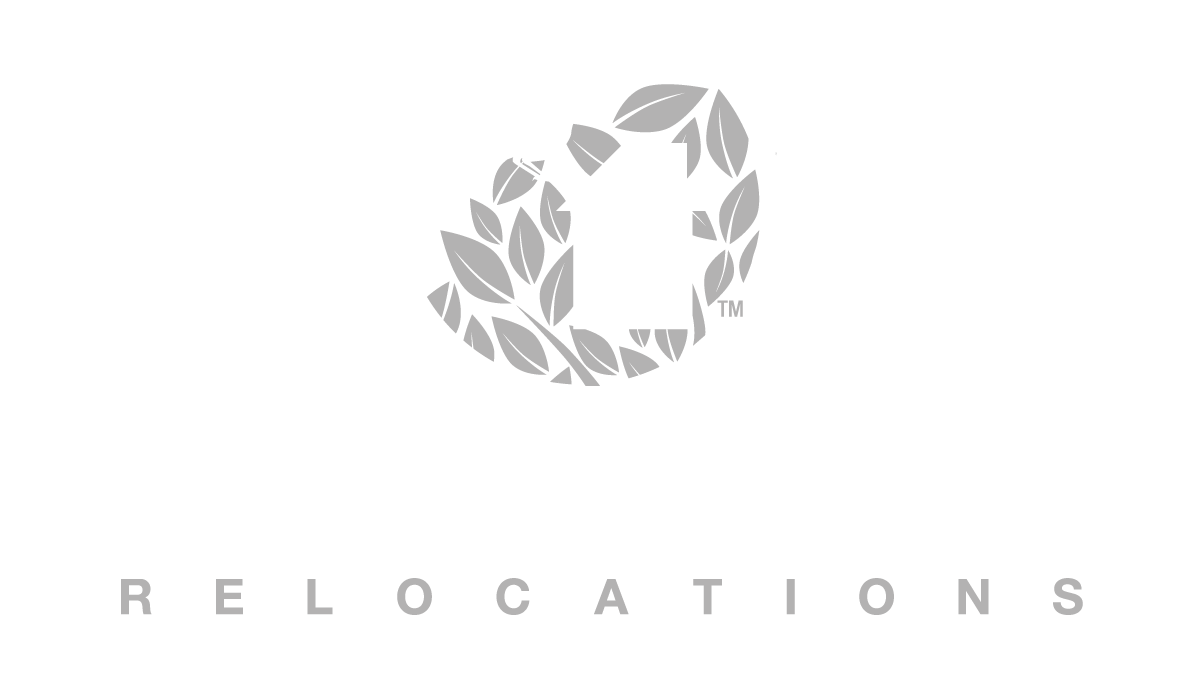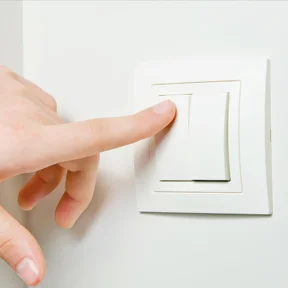Keeping the lights on - the low down on utilities in WA
/Western Australia has long been referred to as WA, the “Wait a while” state. While the pace has certainly picked up over the last decade, making Perth a thoroughly modern city, some things are still very different. Utilities and how residents get a hold of them is one of these. If you are New in Town, or just want to make sure you are getting the right deal, check out the research we have compiled below! If you are moving to WA and wanting to get a feel for how the costs compare – pull out your most recent bills and check the usage rates against the providers we mention below!
Electricity
Turn off the lights to save electricity
This is the one that has many of our friends and relatives in other states baffled. Outside of a few tiny pockets, all of WA’s residential electricity is supplied by a State-owned monopoly. That means that unlike other states, who can use online matching services to find the cheapest electricity provider for their needs, most of WA has only one choice. Synergy. Western Power are the side of the company that run the infrastructure, Synergy runs the power supply and billing. The WA State government actually regulate the price of electricity as well.
When you get a home in WA it will usually be hooked up to Western Power Infrastructure already. Opening an account with Synergy is very straightforward and can all be done online. This works for rentals and home owners. With online billing you can also save yourself!
One of the things you will have to decide is which Tariff is right for you and your energy consumption needs. Recently, 2 new tariffs were introduced. If you don’t have a preference when you sign up, you will automatically be put onto T1 which is a standard, flat rate - no matter what time you use your electricity. The “Smart Home” tariff (Formerly T2) allows you to specifically focus your energy consumption to different times of the day and night, maximising massive savings that are offered for off-peak times! The most recent addition to the tariff options is the “Home Business Plan (K1)” tariff, which allows business owners operating from home to capitalise on the lower unit cost of residential power compared to a commercial premises tariff. All the information about times, costs and the daily supply cost of each tariff is available on the Synergy website.
With each bill you are given a reading of your home’s energy usage and a comparison of that to other “like” homes in the area. This is a good statistic to have if you are trying to get your teenagers to keep the lights off or cut down on the electricity thirsty devices – but it can be daunting! I am yet to see a bill that makes this comparison where their home has a lower usage of power than other like homes in the neighbourhood.
It does pay to read your bill though! If for any reason, Synergy are not able to read your meter in the two months since the last reading (Bill cycles are every 60 days or so) Synergy may do a bill estimation. This will usually be levelled out in the next bill when they work out whether they need to charge you more or less – but this has been known to lead to bill shock! If this occurs, you can contact Synergy and ask for a reading to be done.
Gas
In the last few years, Western Australia has been introduced to the marvel that is a competitive supplier marketplace! It started with Alinta, then spread to Kleenheat, and now we have 5 gas suppliers who provide services at a rate regulated by the State government. Switching between providers is easy, as long as you don’t have a standing contract with them. Like with electricity, getting connected to a home that already has a Gas connection is very easy. You just compare prices through a website such as Canstar Blue.
While most of the providers set their prices near the cap that the government has specified, most provide discounts for offering up your permission for direct debit of bills or paying on time. There is additional savings to be had with providers such as Kleenheat if you are an RAC member (15% off!). Bills usually operate on a 3 monthly or quarterly cycle, covering around 90 days of usage.
If you are not lucky enough to be somewhere with “town gas” or mains gas, you will have to revert to shopping around for a gas bottle provider. This will be especially true for those living in the Perth Hills Region in areas such as Kalamunda, Lesmurdie, Pickering Brook and even Roleystone. The ground is so hard up there that they avoid digging holes for most reasons! You can find a local LPG Gas supplier through a quick Google search and may even find something that supports local family businesses as well.
It pays to shop around when it comes to renting and buying properties also, looking at the ongoing cost that gas will be for you. Especially if you are moving somewhere without mains gas, every drop of gas you use will be precious. It will mean the difference between a hot shower and a cold one! Make sure that the appliances that use gas, will do it well. In our first rental we made the mistake of not checking what type of water system was in use. It turned out to be a gas storage hot water system (Constantly heating a huge vat of water all day long, just in case we used it… which we hardly ever did!). This led to enormous gas bills! It was essential the difference between the rent at our little house and the rent at the slightly nicer house a few streets away with the instant gas hot water service!
Water
Turn off the taps to save water.
Like most states, the Water Corporation is owned by the state, and this manages the infrastructure and billing for sewerage, drainage, and usage. If you are renting you only pay the usage (Usually the smallest amount on the bill and provided to you in a single invoice every 2 months when the billing cycle occurs). If you own your home, you will be wearing the full cost.
The water service and drainage cost is set per number of houses on the property. The sewerage is a little tricker though. It uses the “Rateable value” as the gross rental value (GRV) determined by the Valuer-General at Landcorp. Basically, they measure the living space of the home, how many bedrooms it has, and they set a price they believe the home would be worth to rent out. This value allows them to come up with a number for the cost of sewerage on the home. This is also an area where you can save if you are a homeowner! I recently had success with negotiating with Landcorp to reduce the cost of my rental value given the decrease in rental values in our area. This led to a saving on both my water bill and my land rates with the council!
As WA is seen as “Drought prone” we have constant water restrictions that apply to watering days and seasons. We are currently entering the big “Switch off” for retic (Reticulated irrigation for lawns and gardens) to save water. Check with Water Corp to see when your sprinkler days are and what restrictions apply in your area. If you have new lawn and gardens that need establishing you will need to apply for special permission for watering, but you also need to prepare for some more bill shock as the usage costs get higher the more water you use in WA! With the recent removal of the lowest tier cost of usage, water bills in WA have significantly increased overall.
While at the end of the day, WA isn’t too different to the rest of the country once you are hooked up, we hope that these tips on saving and getting connected to WA Utilities has helped! If you have any other questions about the cost of living or how to move to Perth or anywhere else in WA, please let us know! New in Town is here to help!



























